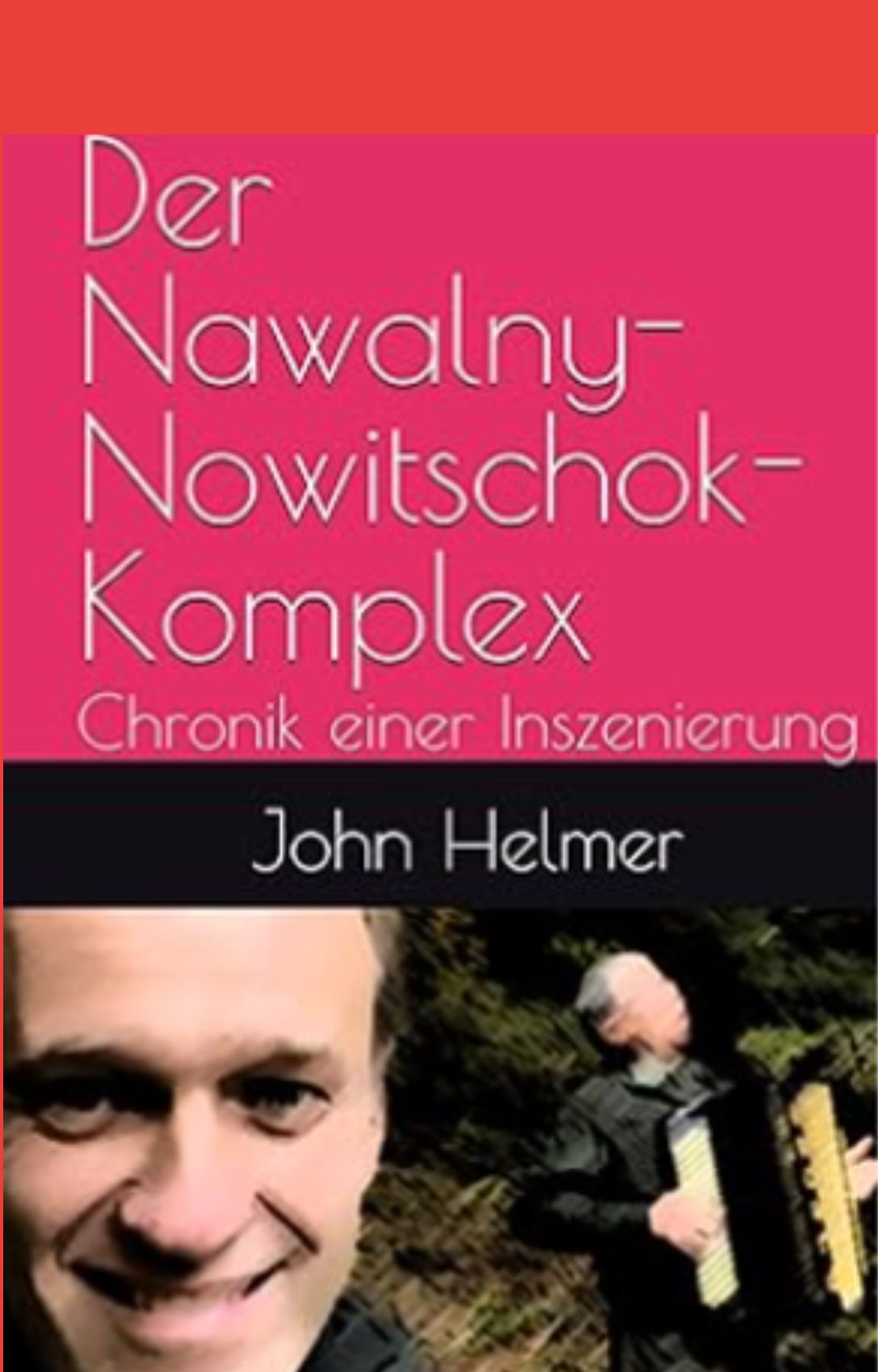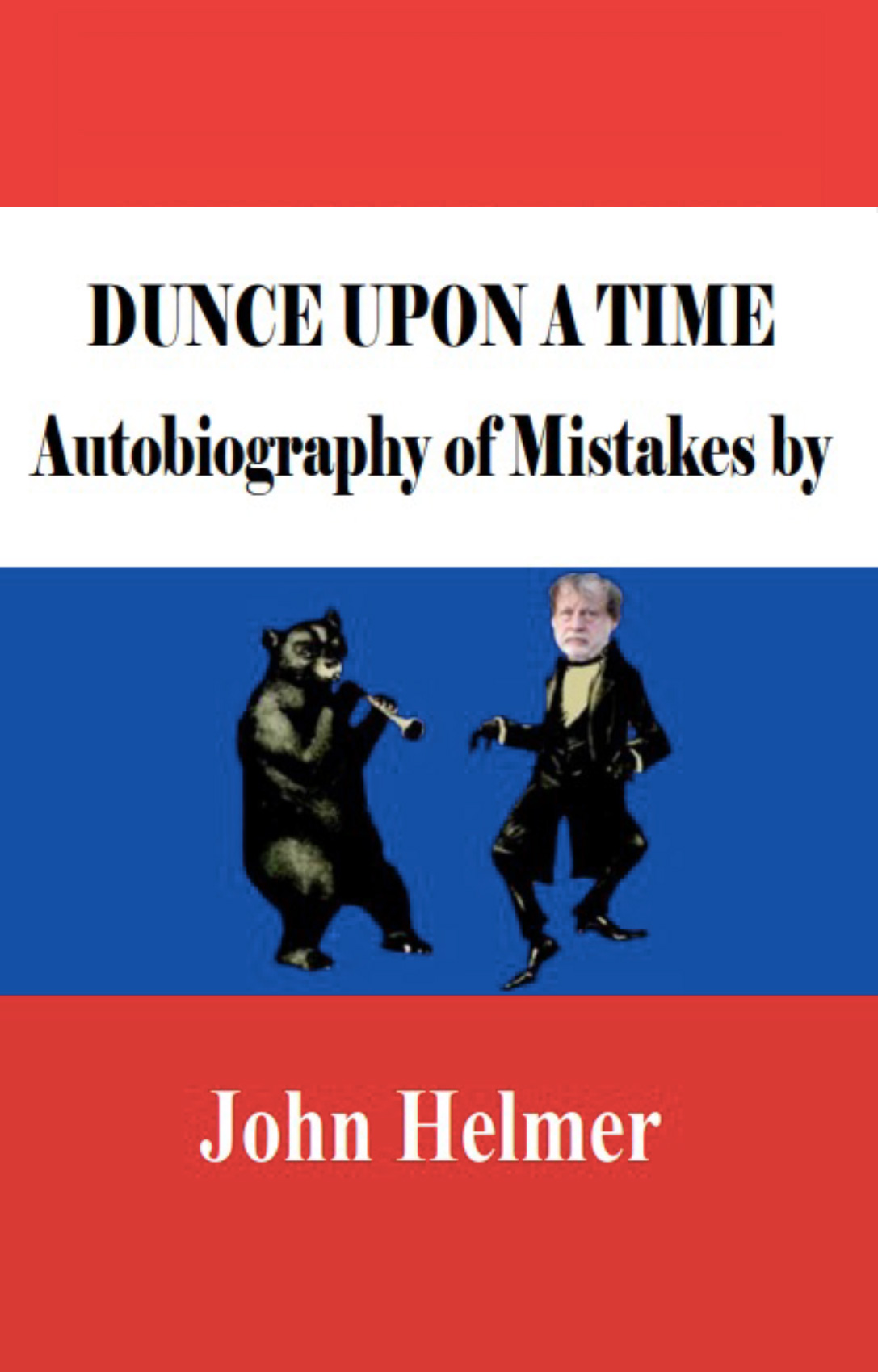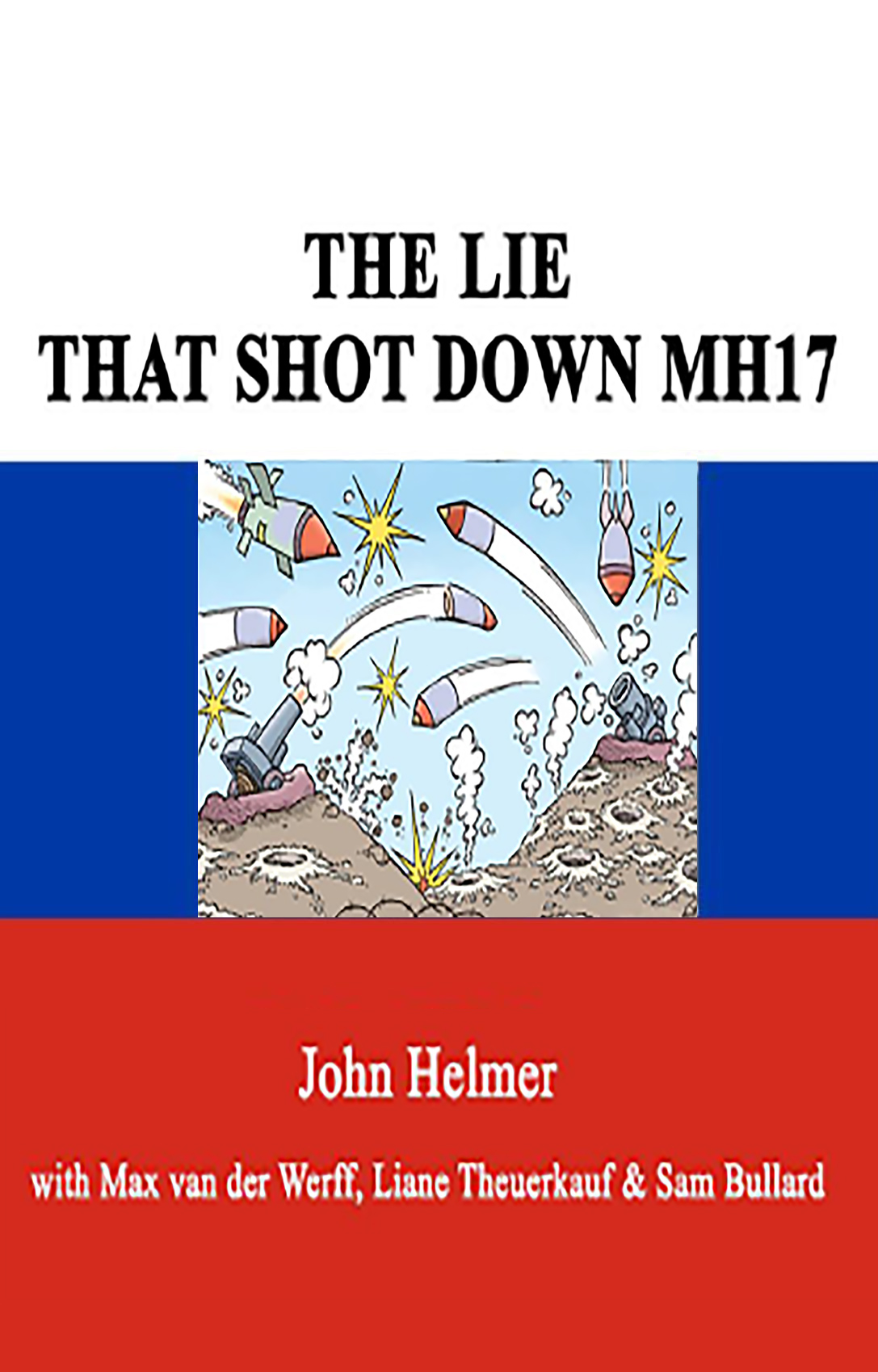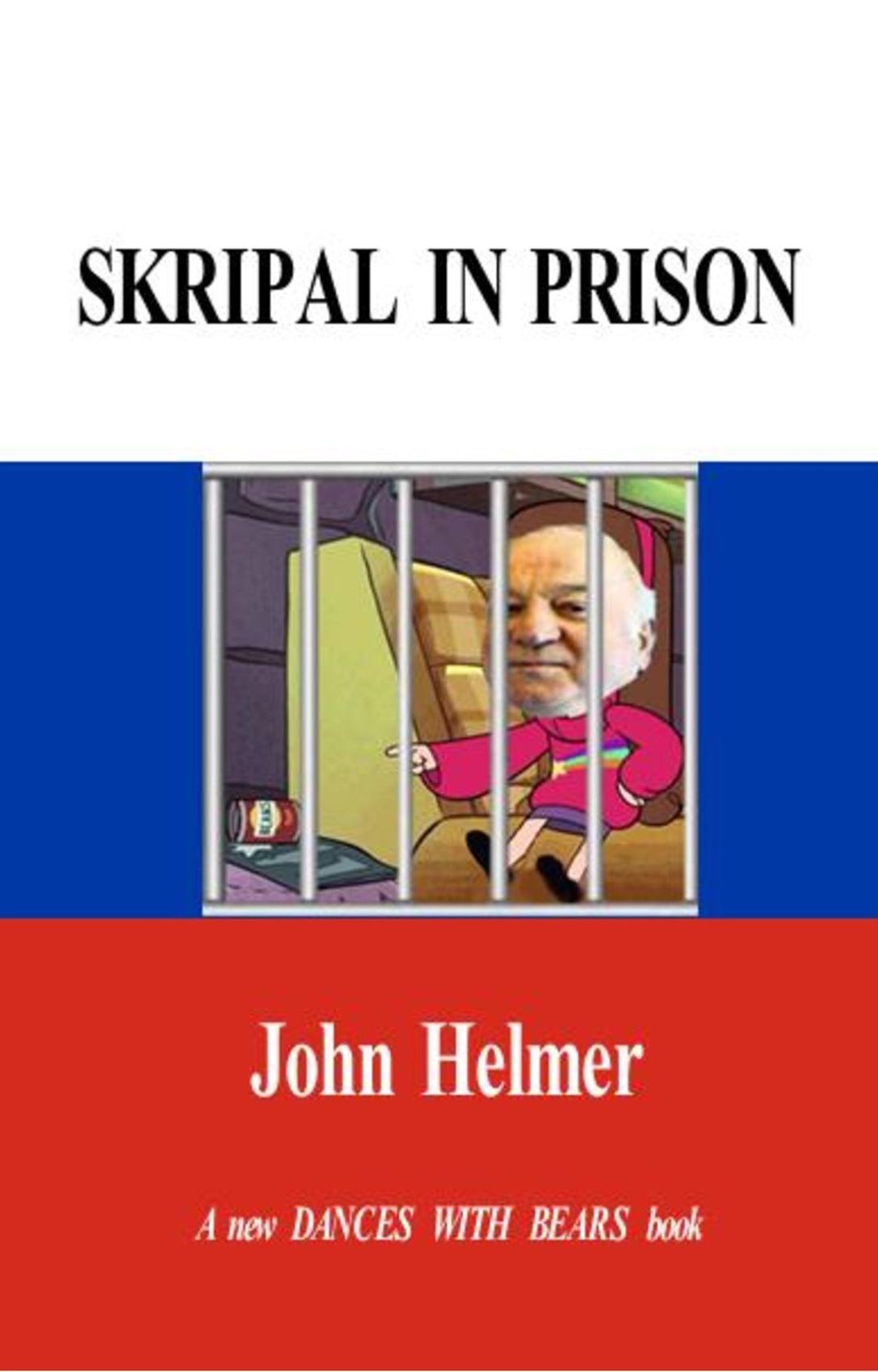
By John Helmer in Moscow
Russian steel proprietors are showing their anger at negative market reports, and share price cuts, following recent disclosure of their heavy investment spending on North American assets. But there has never been a time when the future growth and profitability of Russian steelmaking has depended less on the United States — or more on decisions being taken in China. How long it will take the Kremlin to deal with this contradiction between the national interest and the self-interest of the steel oligarchs is anyone’s guess.
The outcome of the Chinese government’s new stimulus programme, and of contract negotiations between Australian, Brazilian, and South African coal and iron-ore suppliers, are being closely watched in Moscow. That’s because the Russian steelmakers believe their future depends on Chinese demand for low-priced Russian steel. If Chinese buyers do no better than a 20% to 30% cut in spot and contract prices for these raw materials, Russian steel will still be better priced for Chinese importers.
Novolipetsk Steel (NLMK), Russia’s third largest steelmaker and slab specialist, says that a recent surge of sales of its steel slabs to China may enable the company to increase mill capacity and steel output next month. But the steelmaker also warns that this increase in steel production may not prove to be sustainable, because Chinese buying depends on the relative low price of Russian steel in the current international market. This price advantage for Russian exports in the Asian market could be lost, Novolipetsk believes, if competing steel producers benefit from significantly lower iron-ore and coking coal supplies from Australia, Brazil, and elsewhere.
A report of the Novolipetsk assessment has been issued by Uralsib Bank in Moscow. “Currently”, the bank says, “the Russian steel industry and NLMK in particular have a cost advantage over those steelmakers around the world who use expensive Brazilian and Australian iron ore and Australian coking coal. This has enabled Russian steel producers (who produce more than domestic consumption) to find an attractive export market for their semi-finished and low value-added finished steel products, particularly in Asia.”
(more…)



















